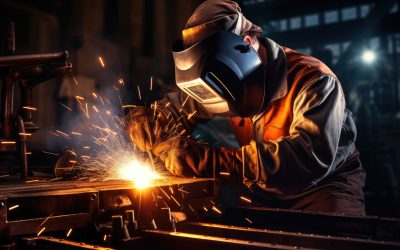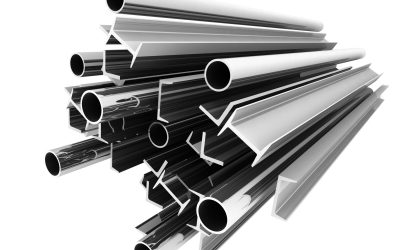When it comes to using metals in boats or on other marine equipment, it generally comes down to a balancing act between steel and aluminum. Aluminum is considerably lighter than steel, but requires specific treatments in order to withstand or at least delay the pitting and corrosion caused by salt water. On the other hand, while steel is much more naturally resilient to the damages caused by marine conditions, it is much heavier. In order to compromise between these two very important aspects of safe marine craft construction, different parts of a marine craft are made up of aluminum cut or cast plate and others are made from steel.
Aluminum Parts
Generally, large surface areas or exteriors of your marine craft will be made from aluminum plating, often cast in anodic film to form a strong oxide barrier between the harsh salt water and aluminum itself. Aluminum will become susceptible to corrosion if the anodizing layer becomes damaged or wears thin, or as a result of crevice corrosion where the aluminum is not able to form an oxide layer. Keep these areas carefully cleaned with lots of fresh water and gentle detergent, never using harsh chemicals or scrubbers that may damage the anodized oxide layer.
Steel Parts
Steel is often used on smaller parts of a boat that are made to be extremely durable, such as handrails, anchor brackets, housings, or pipelines, as well as parts of machinery like propeller shafts. Their ability to resist rust and corrosion is also due to a kind of oxide layer, so even in the case of rust they should not be scrubbed. Instead, using water, chrome polish, or other steel-specific marine safe cleaners should be able to get the job done.
As these metals need to be cleaned in different ways, and will often show different kinds and severities of damage, corrosion or decay, it’s important to have an idea which parts of your marine craft are made from which materials. Hopefully, this guide can help you care for your craft.



